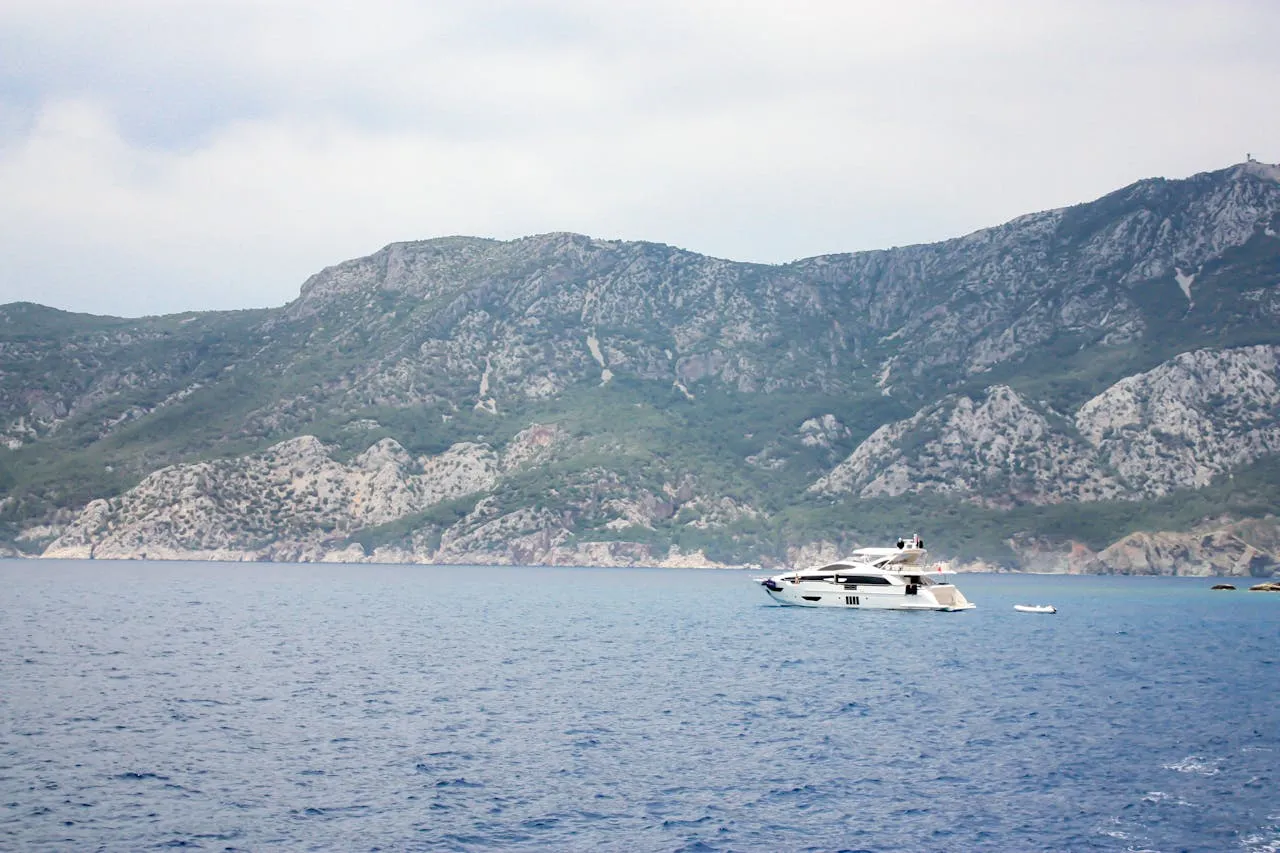10 July 2025
Ce Yacht Compliance Classification Explained
In the European market, the manufacture and sale of yachts and leisure craft is subject to strict regulations, the central criterion of which is the ‘CE Yacht Compliance Classification System’. The term ‘CE’ is derived from the French word ‘Conformité Européenne’, meaning European Compliance Mark. All yachts sold within the European Union must be CE certified, otherwise they cannot legally enter the market. The system covers vessels from 2.5 metres to 24 metres in length, whether they are for marine navigation or inland water use, and must comply with the relevant standards. New or used yachts imported into the European Union are also required to meet the requirements of CE marking.

Origin of Ce Marking and Regulatory Background
The legal basis for CE marking can be traced back to 1994, when EU member states jointly developed the Recreational Craft Directive (RCD), which was revised in 2003. The Directive harmonises the basic technical and safety requirements for the design and manufacture of yachts and ensures that all vessels have a uniform compliance standard within member states. Under the RCD, vessel compliance certification becomes a mandatory legal obligation and vessels must be inspected by a third party recognised classification society before they are eligible for legal sale. Upon completion of the certification, the vessel will be awarded a CE Certificate of Conformity, which represents its compliance with the strict European safety and quality standards, and is therefore referred to as a ‘CE Compliant Vessel’ within the European Union.
Ce Classification Criteria and Practical Significance
Since 1998, the European Union (EU) has required all recreational boats to bear the CE marking, signifying that they comply with specified technical and safety specifications. Boats are classified into four categories based on their design resistance to wind and waves, which are distinguished by the letters A to D. These categories are not necessarily the same as the categories in which they are classified. It should be noted that these categories do not directly limit sailing distances, but rather reflect the seaworthiness of a boat in different sea conditions, helping owners to understand the safety range of their boats in various weather conditions.
CE Class A yachts: suitable for ocean sailing, can withstand winds exceeding BEAUFORT Class 8 (approximate wind speed of 62-74km/h) and wave heights of more than 4 metres, with strong self-sustainability.
CE Class B yachts: suitable for offshore sailing, designed to withstand a maximum wind force of 8, wave height of not more than 4 metres, sailing distance of not more than 200 nautical miles.
CE C boats: Suitable for offshore environments such as large bays, estuaries, lakes and large inland waters, designed to withstand winds of up to Class 6 and waves of up to 2 metres in height.
CE D boats: Designed for protected waters, suitable for small lakes, rivers and canals, with a wind limit of 4 and wave heights of up to 0.3 metres.
The above categorisation is based on the BEAUFORT Wind Scale, a set of wind measurements created by British Admiral Francis Beaufort, which covers offshore wind conditions ranging from a Class 0 squall to a Class 12 hurricane. This article focuses on wind force 6 to 8, which is the important wind range for yacht seaworthiness certification.
Importance of Ce Marking and Safety Recommendations
CE marking not only assesses the strength of a yacht's hull, but also covers the reliability of the propulsion system, steering equipment and power generation to ensure that the vessel has the basic sailing performance. The construction standards and safety requirements for different classes of yachts decrease in descending order, so it is important to choose a CE class that suits your sailing needs.
Even with a high CE rating, it is advisable to avoid sailing in bad weather with winds exceeding force 6 for your own safety and that of your passengers. Always check the latest weather forecast before sailing and update it hourly to ensure that the vessel is fully prepared with safety equipment that complies with the CE classification and local regulations.
Introduction to Ce Type Approval and Major Classification Societies
CE Type Approval is mainly for mass-produced yacht ranges and is obtained on application by the shipyard. Authorities for obtaining certification include:
RINA (Italy)
Bureau Veritas (France)
Det Norske Veritas (Norway)
Germanischer Lloyd (Germany)
Lloyd's Register (UK)
In addition, there are other organisations such as ABS (American Bureau of Shipping), NK (Japan Marine Association) and other certification systems for vessels not manufactured or sold in the EU. The different classification societies and certification organisations work together to guarantee the safety and standards of the global yachting industry.
 Report
ReportNetizen comment
Comments

Leave the comment
Relevant Recommendation
Yacht Info
Most Recommended




